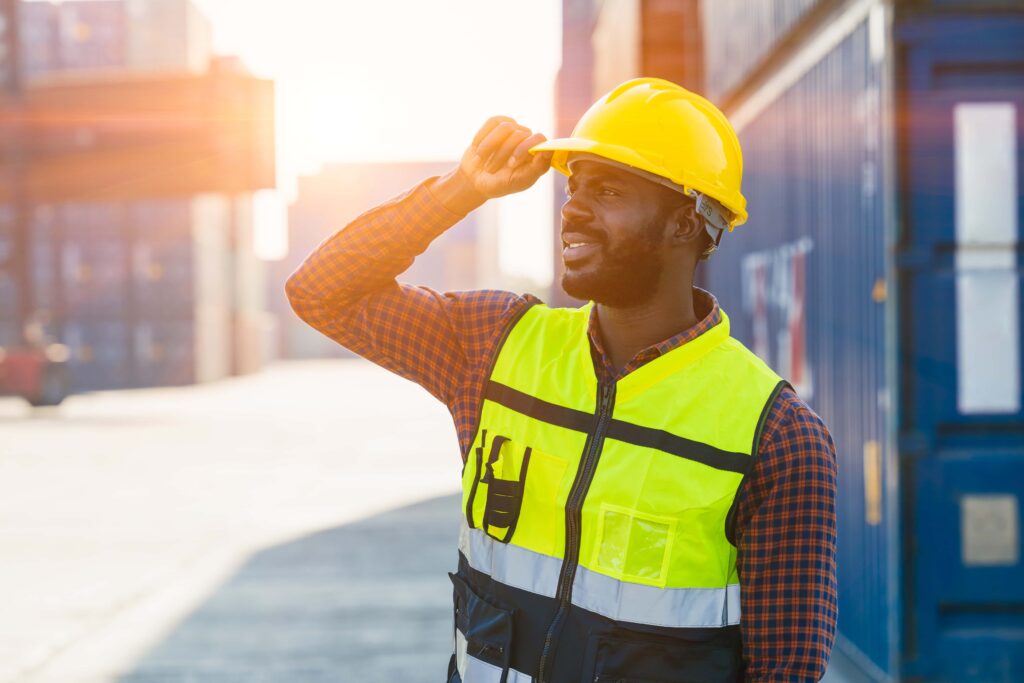Introduction
Fall hazards are a significant concern in various work environments, and implementing effective fall protection systems is crucial for ensuring the safety of workers. This article explores the design, selection, and application of fall protection systems in different work environments. It highlights the importance of proper fall protection, examines key considerations in system design and selection, and discusses the application of these systems in various industry settings.
Importance of Fall Protection Systems
Fall protection systems are essential for preventing fall-related accidents and injuries in the workplace. Here are some reasons why fall protection systems are of utmost importance:
- Worker Safety: Fall protection systems are designed to protect workers from falls, which are a leading cause of occupational injuries and fatalities. Implementing these systems helps ensure the safety and well-being of workers by minimizing the risk of falls from heights.
- Legal Compliance: Many regulatory bodies, such as OSHA in the United States, require employers to provide fall protection measures for workers. Compliance with these regulations is not only a legal obligation but also demonstrates a commitment to worker safety and helps avoid penalties and legal consequences.
- Productivity and Morale: When workers feel safe and protected, their productivity and morale improve. Fall protection systems instill confidence in workers, allowing them to focus on their tasks without the distraction or fear of falling.
Design and Selection of Fall Protection Systems
Designing and selecting the appropriate fall protection system requires careful consideration of several factors. Here are key aspects to consider:
- Risk Assessment: Conduct a thorough risk assessment to identify fall hazards in the work environment. This assessment should consider factors such as work at heights, potential fall distances, work surfaces, and equipment used.
- Hierarchy of Controls: Employ the hierarchy of controls to determine the most effective fall protection system. This hierarchy includes elimination, substitution, engineering controls, administrative controls, and personal protective equipment (PPE). Fall protection systems should be implemented at the highest level possible in the hierarchy.
- Types of Fall Protection Systems: Consider various types of fall protection systems based on the specific needs of the work environment. These may include guardrail systems, safety net systems, personal fall arrest systems (PFAS), fall restraint systems, and positioning systems.
- Compatibility and Integration: Ensure compatibility and proper integration of fall protection systems with existing equipment, structures, and work processes. The system design should consider ease of use, practicality, and the ability to integrate seamlessly into the work environment.
- Training and Education: Provide comprehensive training and education to workers on the proper use, maintenance, and limitations of fall protection systems. Workers should be knowledgeable about system components, inspection procedures, emergency procedures, and any specific requirements for their work environment.
Application of Fall Protection Systems in Different Work Environments
The application of fall protection systems varies depending on the specific work environment. Here are examples of how fall protection systems can be applied in different industries:
- Construction Industry: In construction, common fall protection systems include guardrails along edges, personal fall arrest systems (PFAS) with full-body harnesses and lanyards, safety nets, and scaffolding systems with built-in fall prevention features.
- Manufacturing Industry: Manufacturing facilities may require fall protection systems such as elevated walkways with guardrails, fall arrest anchor points, and safety cages or platforms for accessing equipment or machinery at heights.
- Oil and Gas Industry: Fall protection systems in the oil and gas industry may involve the use of fall arrest systems for workers on offshore platforms, access platforms with guardrails, and specialized fall protection equipment for working on tall structures or during maintenance tasks.
- Telecommunications Industry: In the telecommunications industry, fall protection systems are crucial for workers installing or maintaining communication towers. These systems may include climb systems with fall arrest equipment, ladder safety systems, and elevated platforms with guardrails.
Conclusion
Fall protection systems are vital for ensuring the safety of workers in various work environments. By designing and selecting appropriate fall protection systems based on a thorough risk assessment, considering the hierarchy of controls, and providing training and education to workers, employers can effectively prevent fall-related accidents and promote a safe working environment. Whether in construction, manufacturing, oil and gas, telecommunications, or other industries, implementing proper fall protection systems is essential for safeguarding workers and fulfilling legal obligations. Prioritizing fall protection not only reduces injuries and fatalities but also enhances productivity, morale, and overall workplace well-being.








